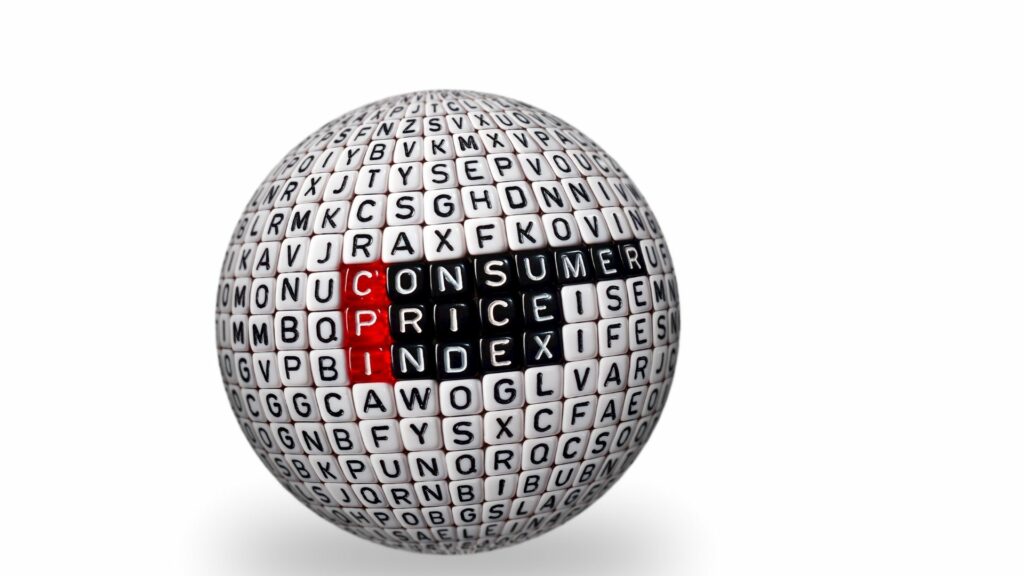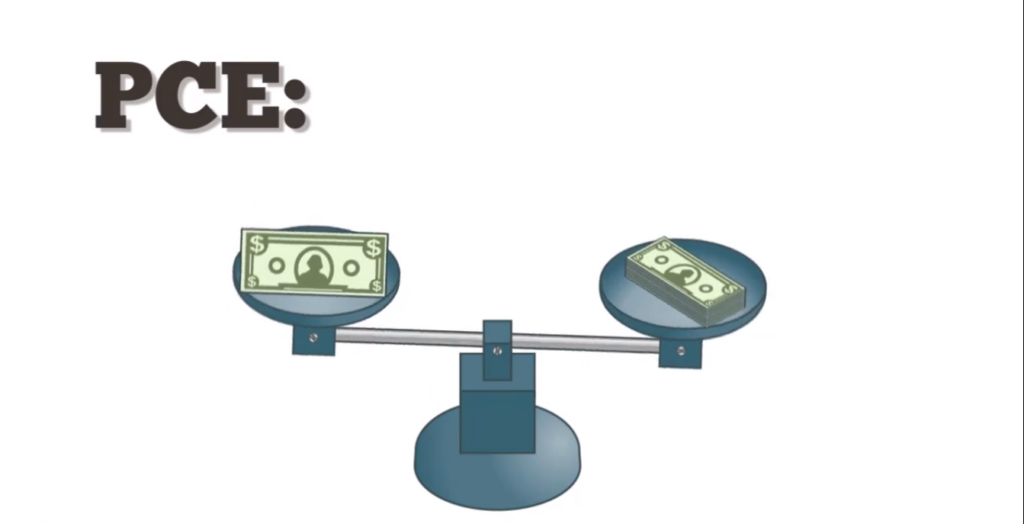Inflation is an economic force that makes a gallon of gasoline more expensive tomorrow than it does today. But the thing is, even though it makes everything more costly over time, a modest amount of it is necessary for economic growth. Knowing what the inflation rate is, whether high or low, can help you make important money decisions. In this piece, you’ll know what is inflation, how it impacts the economy and how it is calculated.
Let’s dive in!
What Is Inflation?

Simply put, inflation refers to the percentage change in the overall level of prices of goods and services in the economy. Inflation reduces the purchasing power of each unit of the dollar, thereby leading to an increase in the prices of goods and services over time. It’s a term in economics that means you’ll have to spend more to buy a gallon of milk or get a haircut. In other words, it generally increases your cost of living.
While high inflation suggests the economy is in serious trouble, too-low inflation otherwise known as deflation is also undesirable as it puts a damper on growth by keeping too much money out of the economy in savings accounts, as people stop spending waiting for the value of their dollars to increase. Achieving a balance between the two is just what is needed to drive spending among businesses and consumers, and thereby create a baseline of economic growth.
Causes of Inflation
The two well-known causes of inflation are demand-pull inflation and cost-pull inflation. Demand-pull inflation being the most common cause of inflation is when demand surpasses supply for goods or services, which means the demand for a product is so high that buyers are willing to pay higher for it.
Cost-push inflation is inflation that occurs when there is a substantial increase in important goods and services that doesn’t have alternatives.
There is also a third cause that people count called built-in inflation. This happens due to people’s expectations of future inflation: this is when laborers expect an increase in wages as a result of an increase in prices of goods and services. Thereby rustling to increased cost of production, which raises prices of goods and services again. When this cause-and-effect persists, it becomes a wage-price spiral.
How to calculate inflation?
Two indexes are frequently cited when calculating the inflation rate in the U.S. they include Consumer Price Index (CPI) and the Personal Consumption Expenditures Price Index (PCE). These two indexes take different approaches to measuring inflation rates.
Consumer Price Index (CPI) Inflation

The CPI inflation is measured by the Bureau of Labor Statistics (BLS) by analyzing the spending data of thousands of regular consumers around the U.S. the index tracks the prices of basic consumer goods and services, including food, gasoline, computers, prescription drugs, college tuition and mortgage payments, to gauge how prices generally change over time.
The most basic components of this index which are food and energy, changes in price significantly from month to month, depending on seasonal demand and supply disruption home and abroad. For that, the BLS publishes Core CPI, which measures “underlying inflation,” intentionally leaving out volatile food and energy prices.
The BLS also uses a version of the CPI for urban wage earners and clerical workers (CPI-W) to calculate the cost-of-living adjustment (COLA) annual increase in Social Security benefits meant to counteract inflation and preserve purchasing power. Often companies utilize this measure to maintain their employees’ purchasing power each year.
How Is CPI Inflation Calculated?
The CPI inflation is calculated by dividing the average weighted cost of a basket of goods in a given month by the same basket from the previous month.
The BLS’ Consumer Expenditure Surveys data which assess what real Americans are buying is what is used to calculate CPI inflation. Quarterly, the BLS surveys About 24,000 consumers from around the U.S. and 12,000 consumers who maintain the annual diaries of their purchases. Over time, the index changes following how consumers react to the content of the basket. But overall, CPI inflation is calculated from a pretty fixed set of goods and services.
What Is PCE Inflation? How Is It Calculated?

The PCE inflation is calculated by the Bureau of Economic Analysis (BEA) based on price changes of a basket of goods and services, similar to how the BLS calculates CPI inflation. The only difference is where they get the data: Instead of directly asking consumers how much they spend on certain goods and services, the PCE tracks the prices businesses report selling goods and services for.
This distinction may seem like a matter of semantics, but this means PCE better tracks expenditures that consumers do not pay for directly. Like medical care that is paid for by employer-provided insurance or Medicare and Medicaid. The CPI doesn’t track these in-direct expenses.
Finally, the goods tracked by the PCE index are less fixed than that of the CPI index, which helps it give an accurate account for when consumers substitute goods or services for another when prices get more expensive. For instance, once the price of beef rises, consumers may shift to purchasing an alternative. PCE reflects the change while CPI doesn’t.
Also, the BEA calculates core PCE measure, like CPI, that doesn’t include volatile items like food and energy prices. It is this data the Federal Reserve considers being its most important measure of inflation in the U.S.—although other inflation data are being considered when setting monetary policy. Generally, the Federal Reserve aims to keep inflation at about 2% (as calculated by Core PCE) though it has said this rate will run higher in the short term to encourage recovery from Covid-19-related economic damage.
In Conclusion
Depending on your point of view, Inflation may be a force of good or bad. For retirees living on a fixed income, high inflation rates reduce the purchasing power of your money. But if you owe a large debt, like a mortgage, an increase in inflation makes it easy to repay your debt as the borrowed amount is fixed but its value diminishes as inflation continues to rise. Paying your debt becomes much easier if there’s a rise in your earnings to compensate for inflation.
